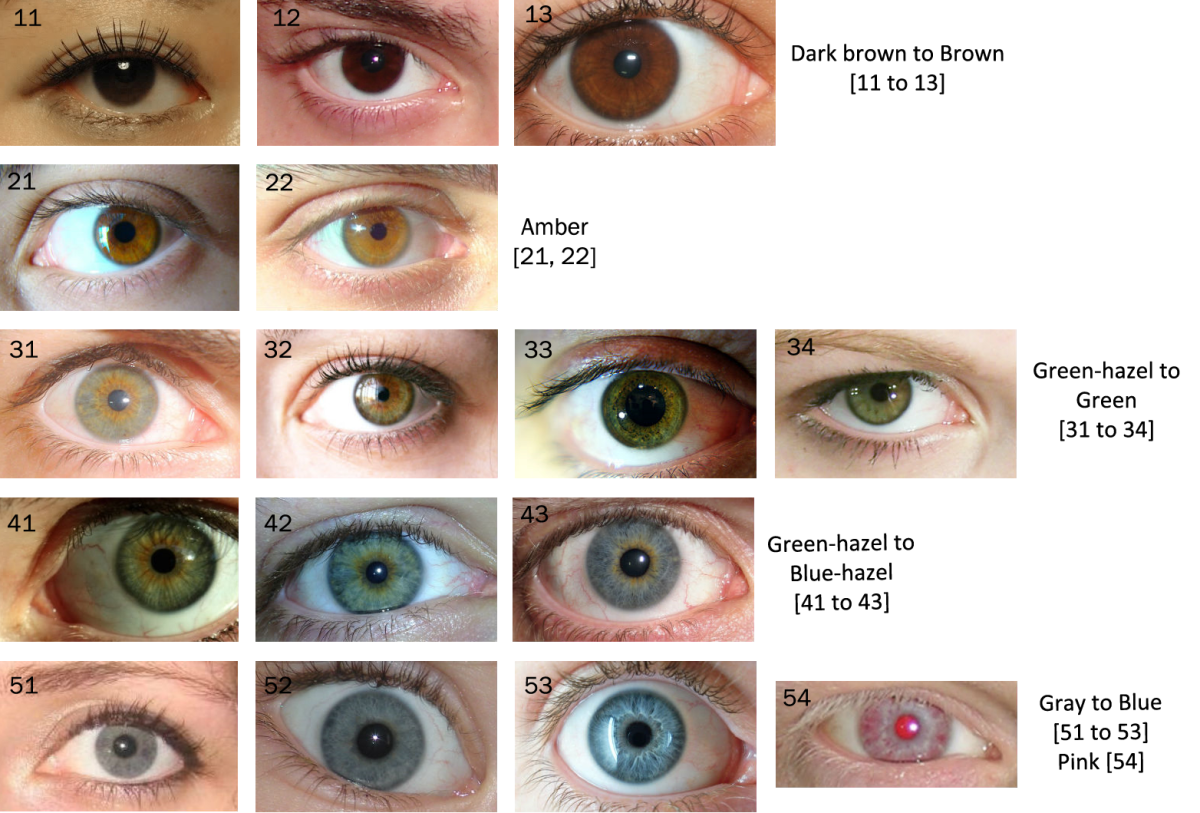A human eye can distinguish between 30 shades of gray

A Human Eye Can Distinguish Between 30 Shades of Gray
_3.jpg)
The human eye is a marvelous organ capable of perceiving a wide range of colors and shades. While often associated with the ability to see a full spectrum of vibrant colors, it may come as a surprise that the human eye can also distinguish between different shades of gray. In fact, research suggests that our eyes can perceive up to 30 distinct shades of gray.
The Science Behind Color Perception
To understand how the human eye perceives shades of gray, it’s important to delve into the fascinating science of color perception. Our eyes contain specialized cells called cones, which are responsible for color vision. There are three types of cones, each sensitive to different wavelengths of light corresponding to red, green, and blue. When these cones are stimulated in various combinations, our brain processes the information and allows us to perceive a multitude of colors.
However, the human eye also has another type of cell called rods, which are more sensitive to dim light and do not contribute significantly to color vision. Rods are responsible for our ability to see in low-light conditions, such as during nighttime. Interestingly, these rods do not possess the same level of color discrimination as cones. Instead, they are most sensitive to shades of gray.
The Gray Scale
Just like a color scale represents the range of colors visible to the human eye, a gray scale illustrates the different shades of gray that can be perceived. This scale starts with pure black on one end and progresses gradually towards pure white on the other end. Each shade of gray in between represents a different level of brightness and can be distinguished by the human eye.

How Many Shades?
Although the exact number of shades of gray that the human eye can distinguish is a subject of debate, studies suggest that it can perceive around 30 distinct shades. This sensitivity to shades of gray is an essential aspect of visual processing as it helps us to perceive details, contrast, and depth. Whether we are examining a black-and-white photograph, reading text on a grayscale display, or noticing subtle variations in lighting, our eyes play a crucial role in distinguishing these nuances.
A Perception of Depth and Contrast
The ability to differentiate between various shades of gray contributes significantly to our perception of depth and contrast in the world around us. For instance, when looking at a grayscale landscape, the human eye can identify different shades of gray within objects and surfaces, revealing their texture and revealing subtle variations in lighting conditions. This depth perception is crucial for our ability to navigate and understand the spatial layout of our environment.
Conclusion
While often celebrated for their remarkable color vision, our eyes possess the remarkable ability to discern different shades of gray as well. Research suggests that the human eye can distinguish approximately 30 shades of gray, enabling us to perceive depth and contrast in the world around us. Understanding the intricate mechanisms behind color and gray perception adds to our appreciation for the complexity and wonder of human vision.
Source: Refinery29
Share
Related Posts
Quick Links
Legal Stuff

